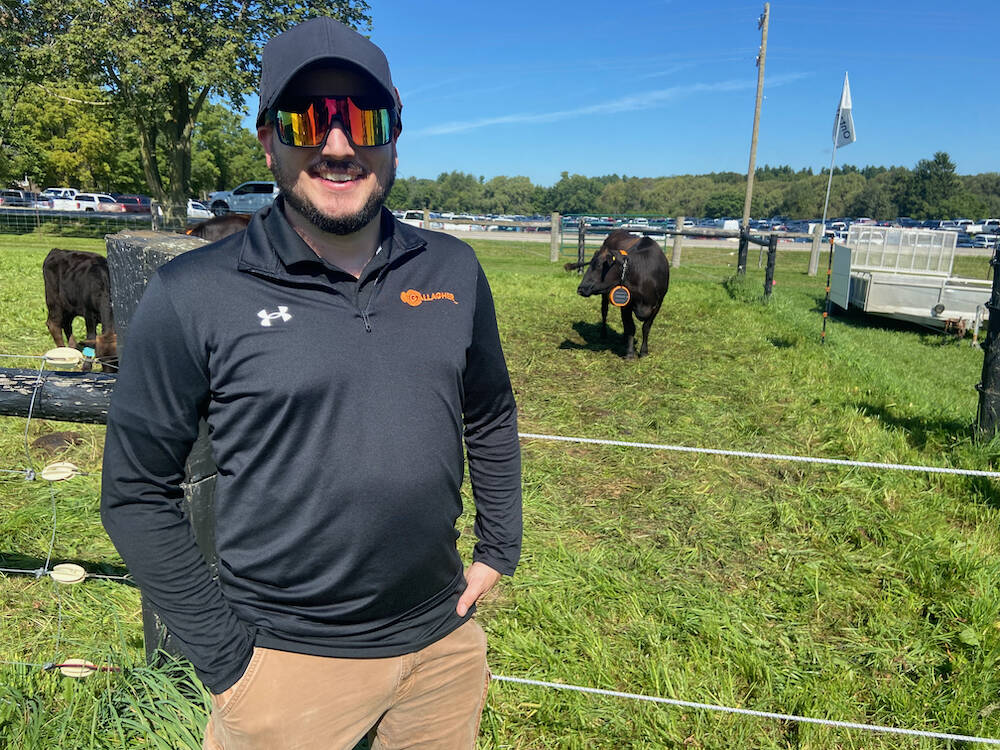Rotational grazing tips from Canada’s Outdoor Farm Show

Glacier FarmMedia — There’s been lots of grass in pastures across Ontario this summer, which has made for easier work for farmers managing their feed inventory.
However what does that mean for rotational grazers, when the grass is growing well?
James Clark, territory manager for Ontario for Gallagher, says that managing any eventuality in rotational grazing starts with having a large area surrounding by a perimeter fence, giving flexibility and options. He presented the grazing seminars at Canada’s Outdoor Farm Show in Woodstock this week.
Read Also


Organic fertilizer made from calamari? I squid you not
Squid Juice repurposes by-product waste from calamari processing and converts it into liquid organic fertilizer.
“Some farms, they automatically know, because their climate is pretty stable, that the first go around is going to be half acre plots, the next go around is going to be one acre plots, and one after that’s going to be two acres,” he says.
A farmer will know that every four or five years a bigger rain or drought event will happen.
If it’s wetter, the plots will need to be shortened up, as there’s more for the livestock to eat. Or, in a dry year, widen the plots.
Setting up all permanent fencing will mean a lack of flexibility.
Clark targets two fence movements per day as the ‘sweet spot’ for rotational grazing. Two rotations per day instead of one can add 30 more days of feed over a grazing season. Three fencing changes per day instead of two only increases the feed by five more days.
Clark knows of a farm that was up to six times per day rotating cattle and they were able to graze almost 11 months of the year, but they’ve since cut that back to four movements.
Be desciplined about rotations and don’t micromanage them, set the system and rotate the cattle or sheep when it’s time to do so.
“Don’t let it go to seed and don’t let it get below six inches,” he says.
Source: Farmtario.com

